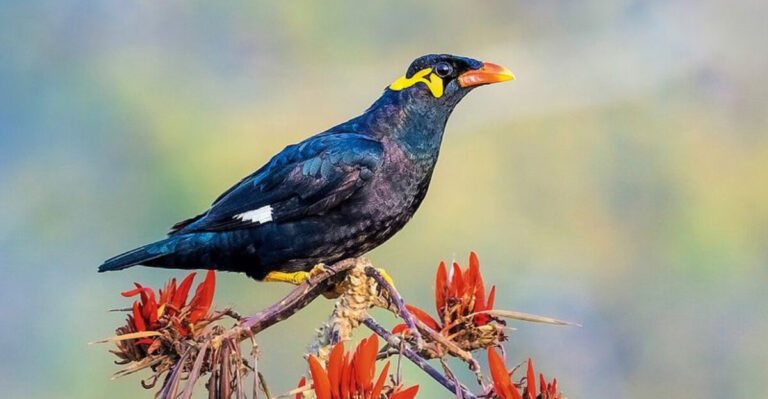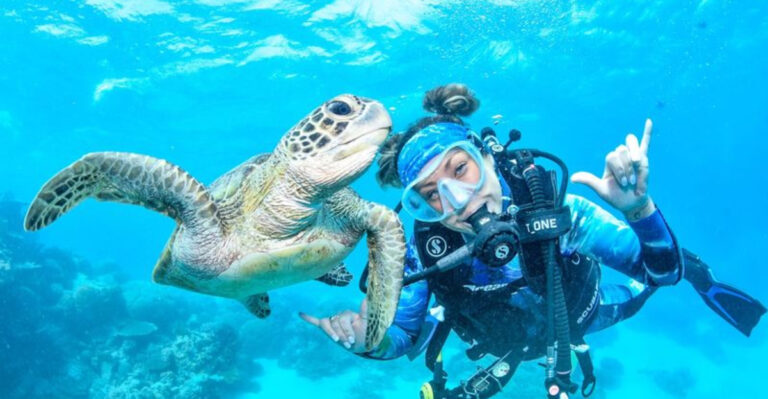Exotic Fish Found In Everglades Spillway Show Why Releasing Pets Into The Wild Is So Dangerous
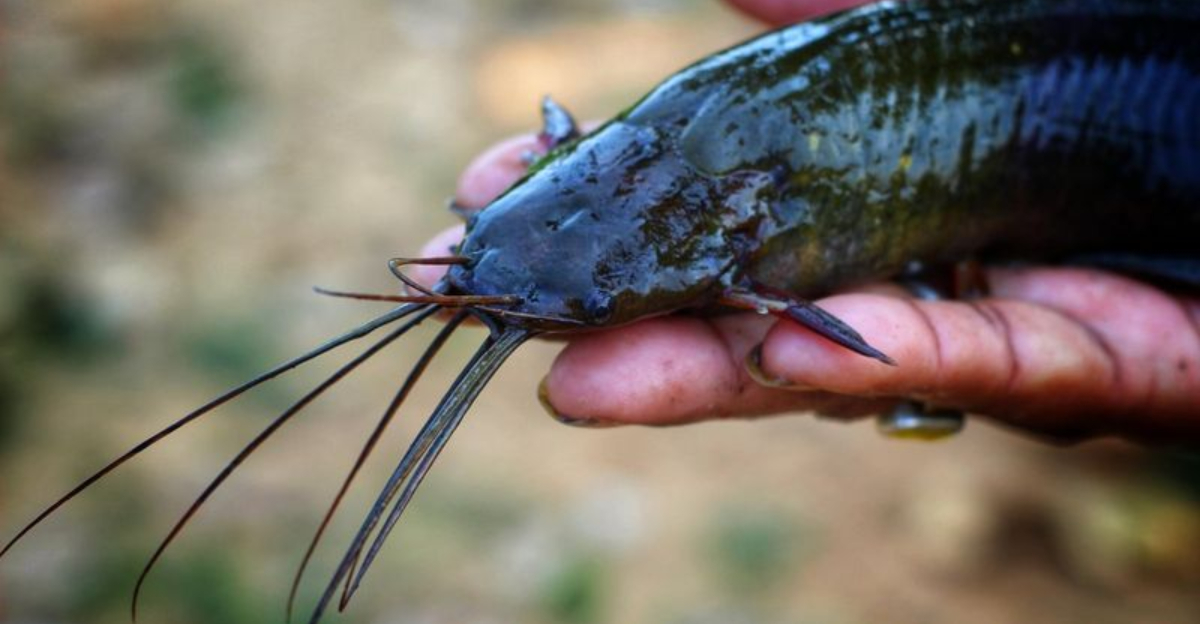
The Everglades waterways are becoming a hotspot for exotic fish species that don’t belong there. When pet owners release unwanted aquarium fish into local waters, they create serious problems for native wildlife.
These non-native species often have no natural predators, reproduce quickly, and can completely transform delicate ecosystems that evolved over thousands of years.
1. Oscar Fish Are Thriving Where They Shouldn’t Be

Colorful and intelligent, oscar fish make engaging pets that can recognize their owners. Unfortunately, these same qualities make them formidable invaders when released into Florida’s waterways.
Growing up to 14 inches long, oscars aggressively defend territory and outcompete native sunfish and bass for food. Their population has exploded in canal systems throughout South Florida, creating ecological imbalances that harm native species.
2. Tilapia Have Taken Hold In U.S. Waters
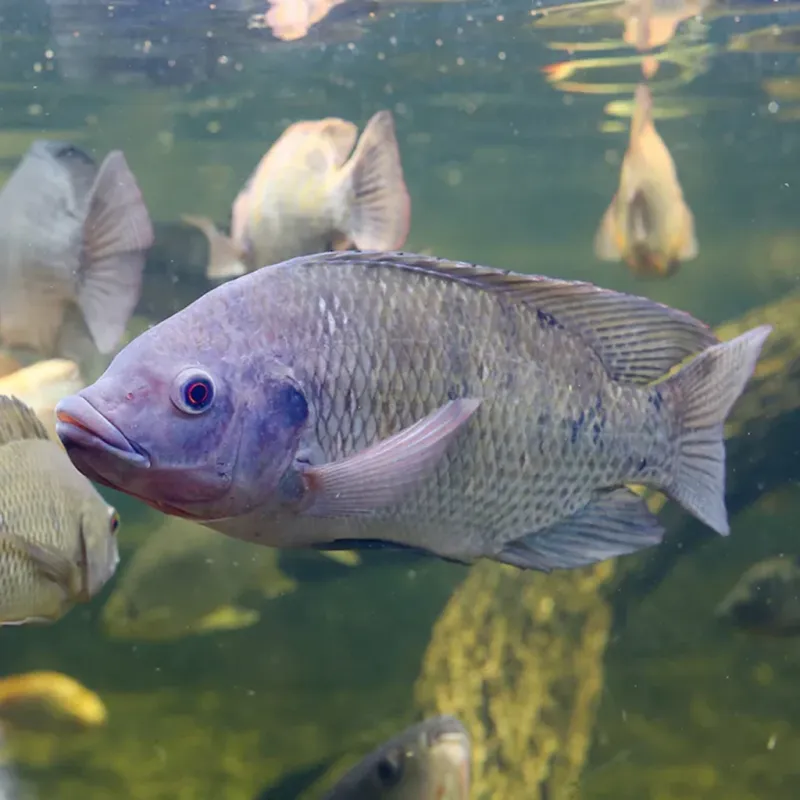
Farmers originally introduced tilapia to control aquatic weeds, but these fish quickly became one of America’s most widespread invasive species. Their remarkable adaptability allows them to thrive in almost any freshwater environment.
Tilapia disrupt ecosystems by stirring up bottom sediment, which blocks sunlight from reaching underwater plants. They also compete with native fish for nesting areas and food resources, pushing out species that have called the Everglades home for centuries.
3. Apple Snails Are Devouring Wetlands
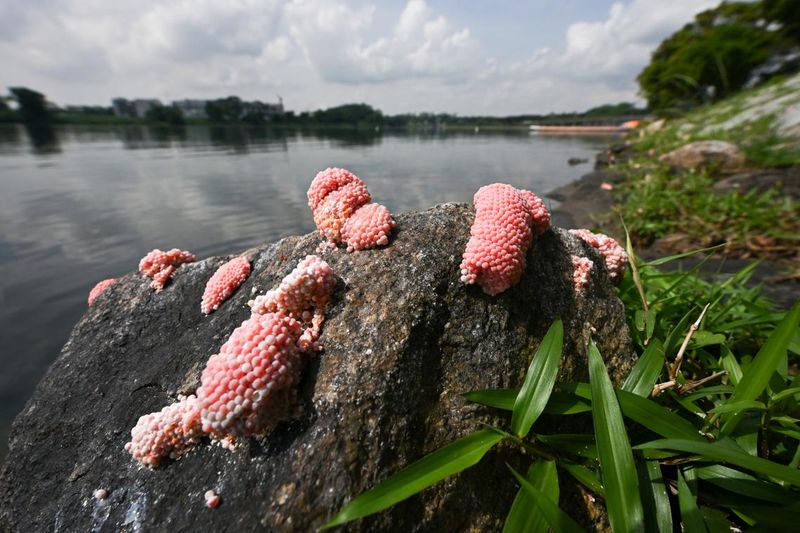
Those bright pink egg clusters dotting plants along waterways signal trouble. Giant apple snails, popular in home aquariums, have become ecological nightmares when released into the wild. Each female can lay thousands of eggs, quickly establishing massive populations.
Their voracious appetite for aquatic vegetation destroys habitat that native fish, birds, and invertebrates depend on for survival. Without these plants, water quality deteriorates and entire food webs collapse.
4. Walking Catfish Are On The Move

You might not believe it, but these bizarre fish can actually breathe air and wiggle across land using their pectoral fins! Native to Thailand and Malaysia, walking catfish entered Florida through the aquarium trade in the 1960s.
Their ability to travel between water bodies makes them nearly impossible to contain once released. They devour smaller native fish, frogs, and crustaceans, leaving devastated ecosystems in their path.
5. Invasive Cichlids Keep Spreading

Mayan cichlids flash brilliant orange-red colors that attract aquarium enthusiasts. First spotted in Florida in 1983, they’ve since colonized virtually every freshwater habitat in South Florida. Territorial and aggressive, these fish create no-go zones for native species.
Their ability to tolerate both fresh and brackish water means they can spread through diverse ecosystems. Scientists have documented at least 17 non-native cichlid species established in Florida’s waterways, mostly from aquarium releases.
6. Some Aquarium Fish Can Handle Harsh Conditions
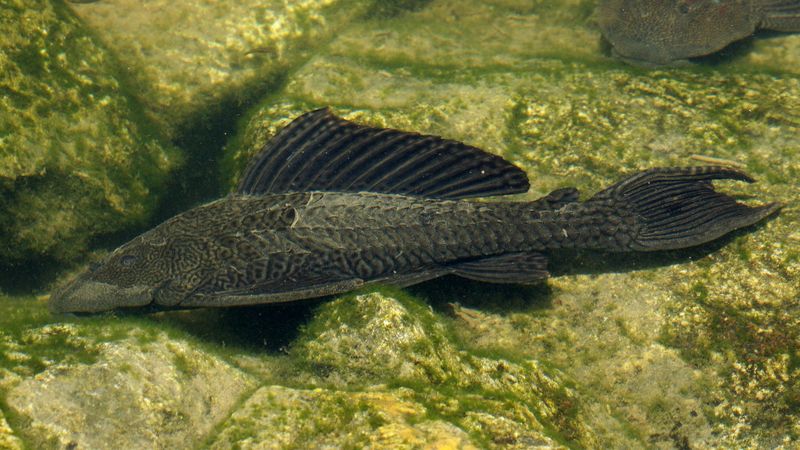
Armored suckermouth catfish, known as plecos in pet stores, seem almost indestructible. These fish can survive in oxygen-depleted water by gulping air at the surface and can even live for hours out of water! Their hardiness makes them nearly impossible to eradicate once established.
In Florida, they dig burrows that destabilize canal banks and cause erosion. Their feeding habits strip algae that native species depend on, creating ripple effects throughout the food web.
7. Warm Climates Help Exotic Fish Survive
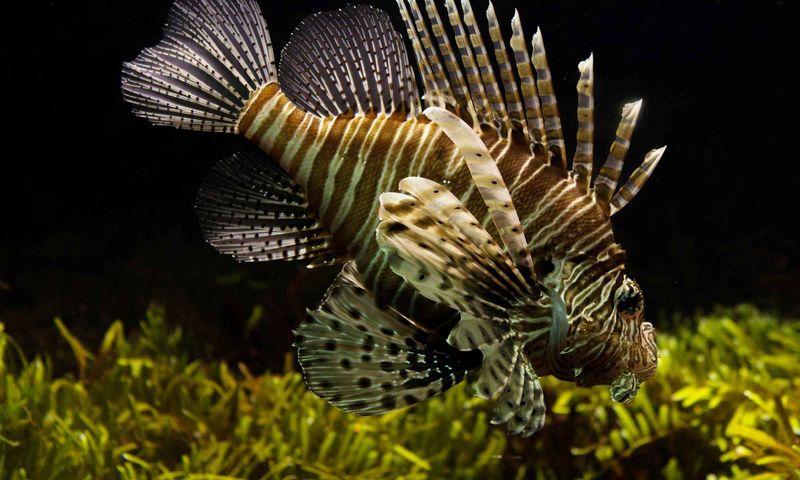
Florida’s balmy weather creates the perfect storm for tropical fish invasion. While northern states experience winter freezes that naturally kill off escaped tropical pets, South Florida rarely gets cold enough to provide this ecological safeguard. The result?
Once released, tropical species find themselves in a year-round paradise with abundant food and few predators. Climate change is making this problem worse by warming waterways further north, expanding the potential range for these invasive species.
8. One Release Can Start A Wild Population
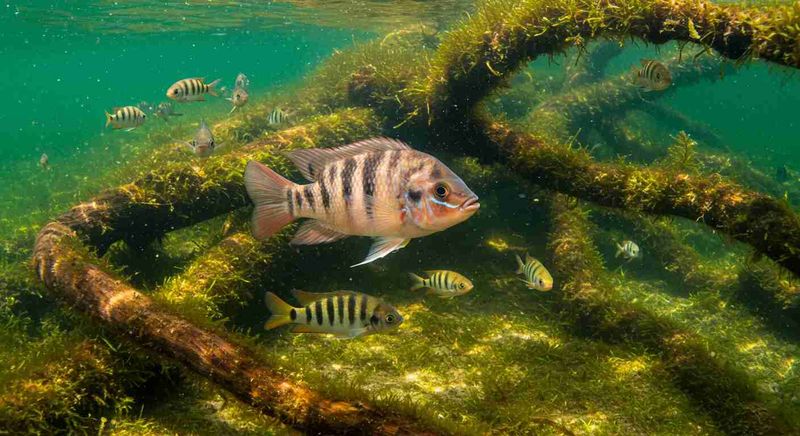
A single pregnant female fish dumped from an aquarium can spawn an ecological disaster. Many aquarium species reach sexual maturity quickly and produce hundreds of offspring in each breeding cycle. Take the spotted tilapia, for example.
Biologists believe the entire Florida population descended from just a handful of released pets. Within just a few generations, these fish can establish self-sustaining populations that become virtually impossible to eliminate from natural waterways.
9. Pet Fish Can Introduce Dangerous Diseases

Aquarium fish often carry parasites and bacteria that native species have no immunity against. When released, these pets become unwitting biological weapons that can devastate wild populations.
For instance, the Asian tapeworm first entered American waters through imported goldfish and now infects numerous native species. Other exotic diseases cause lesions, organ failure, and mass die-offs among native fish. Even seemingly healthy pet fish can harbor microscopic threats.
10. It’s Illegal To Dump Fish Into The Wild

Many aquarium owners don’t realize they’re breaking the law when they release unwanted pets. Federal and state regulations prohibit releasing non-native species into natural waterways, with penalties including hefty fines and even jail time.
Florida law specifically forbids releasing exotic fish, and violators can face misdemeanor charges. These laws exist for good reason: the ecological damage from invasive species costs billions annually in control efforts and environmental losses across the United States.
11. Rehoming Options Are Available
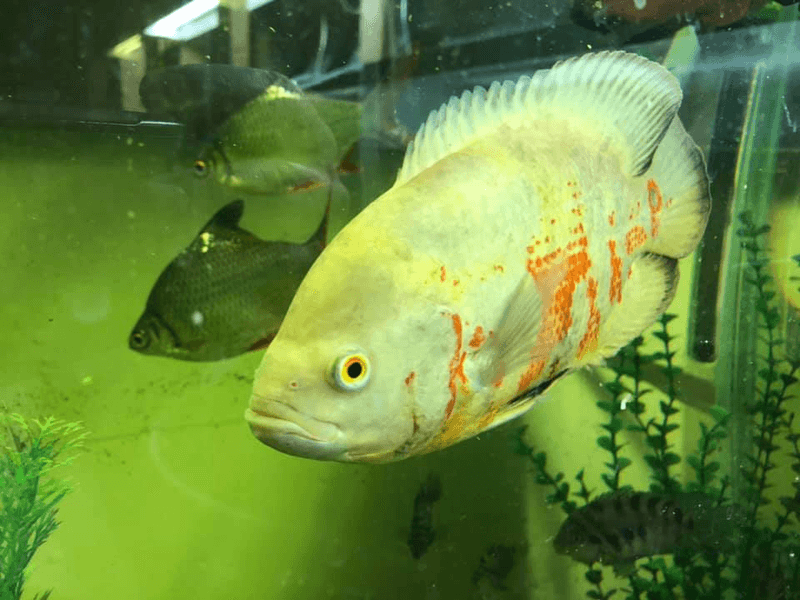
Feeling overwhelmed by your aquarium? Don’t dump your fish! Responsible alternatives exist for unwanted aquatic pets. Many local fish stores will take back healthy specimens, especially larger or more valuable species. Aquarium clubs often maintain networks of hobbyists willing to adopt fish.
Some animal shelters now accept aquatic pets too. As a last resort, humane euthanasia using clove oil is far better than releasing fish into the wild where they’ll either suffer or cause suffering.
12. Invasive Species Put The Everglades At Risk

The Everglades isn’t just any ecosystem; it’s a one-of-a-kind wetland found nowhere else on Earth. This delicate environment evolved with a specific balance of plants and animals over thousands of years.
Each new invasive species disrupts this balance. From altering water chemistry to outcompeting native fish, exotic species threaten the very existence of this unique habitat. With over 34 established non-native fish species already present, the Everglades faces a growing crisis from aquarium releases.




